The Lead Broker Blueprint
$32.00
Discount 20% if your total cart over $150
- Satisfaction Guaranteed
- Fast and forever download link
- Secure Payments
- Reupload FREE
Description
The Lead Broker Blueprint promises a rapid path to significant income generation. This program leverages a unique free service model to attract clients and generate substantial recurring revenue. But is this promise realistic? Let’s delve into the details to see if The Lead Broker Blueprint truly lives up to the hype.
Deconstructing The Lead Broker Blueprint’s Core Strategy: The Free Service Model

The foundation of The Lead Broker Blueprint rests on a seemingly paradoxical strategy: giving away a free service to generate substantial revenue. This counter-intuitive approach requires a deep understanding of both marketing principles and the specific value proposition offered. Let’s explore how this core strategy functions in practice.
Understanding the “Free” Value Proposition
The success of a free service model hinges on the value provided. It’s not about giving away something worthless, but rather offering a high-value service that entices businesses to become paying customers. This requires careful consideration of the target market and the specific needs that the free service addresses. It’s crucial that the free service is not only attractive but also generates leads and positions the provider as a trusted expert. This isn’t just about handing out flyers; it’s about building relationships and demonstrating tangible value. The key is creating a compelling “hook” that makes businesses want more, leading them to convert into paying clients. This requires a strategic approach to positioning the free service as the first step in a larger, more profitable engagement.
Generating Leads and Securing Revenue: The Conversion Process
The free service is just the first step in a multi-stage funnel. The goal is to convert free users into paying customers. This requires a systematic approach to nurturing leads and demonstrating the value proposition of the paid services. The Lead Broker Blueprint likely involves tracking metrics, analyzing user behavior, and tailoring follow-up strategies to increase conversion rates. Effective communication is critical. The program needs to clearly outline the benefits of the paid services and the unique value they offer beyond the free service. Testimonials and case studies can play a vital role in building trust and showcasing results. The focus should be on building long-term relationships rather than just making a quick sale.
Scaling the Free Service Model for Maximum Impact
Successfully scaling the free service model requires planning and execution. Simply offering the service isn’t enough; it needs to be efficiently delivered and managed. This involves developing scalable systems and processes, automating repetitive tasks, and potentially outsourcing certain aspects of the delivery. The scalability of the program is directly linked to the ability to deliver the free service efficiently while maintaining the quality of service that generates high conversion rates. As the number of clients grows, maintaining effective communication and personalized attention can be a challenge. The Lead Broker Blueprint must address this challenge through a well-defined system and potentially through technology-assisted customer relationship management.
The Promise of Rapid Revenue Generation: A Critical Analysis
The Lead Broker Blueprint’s claim of generating up to $80,000 per month within 30 days is a bold assertion. Let’s analyze the feasibility of this claim and identify both the potential and the inherent risks.
The Allure and the Reality of “Overnight Success”
The promise of rapid wealth generation is a powerful motivator. However, it’s essential to approach such claims with a healthy dose of skepticism. While the Lead Broker Blueprint might offer a faster path to revenue than traditional business models, the $80,000 per month claim should be viewed as a potential outcome, not a guaranteed result. The success of the program heavily depends on several factors, including the quality of the free service, the effectiveness of the marketing strategy, and the ability to convert leads into paying customers. It’s crucial to understand that individual results will vary, and the promoted figure is a best-case scenario. Many factors are beyond the control of an individual using the program.
Evaluating the Effort-Reward Ratio: Is it Truly Minimal?
The marketing materials emphasize the minimal effort required to achieve success. While the free service model might reduce the direct selling effort, building a successful business still requires dedication, time, and strategic thinking. This doesn’t necessarily mean long hours or tedious tasks, but it does mean the program will demand active participation, planning & follow-through. Success hinges on carefully choosing target businesses, ensuring the free service’s quality, and effectively managing client relationships. While the initial setup might be relatively easy, sustained growth necessitates ongoing effort in marketing, customer service, and business development.
Risk Mitigation and Realistic Expectations
The potential for rapid revenue generation comes with inherent risks. The success of the Lead Broker Blueprint is not guaranteed. There are risks associated with market fluctuations, competition, and the possibility of the program not delivering as promised. Realistic expectations are key. It is crucial to thoroughly vet the program, understand its limitations, and develop a clear business plan before investing time and resources. Diversifying income streams and having a backup plan are crucial steps in mitigating the inherent risks. Thorough market research to identify a viable niche is also essential.
Urgency and Scarcity Tactics: Analyzing the Marketing Approach
The Lead Broker Blueprint employs strong urgency and scarcity marketing tactics to encourage immediate enrollment. While these tactics are common in sales, it’s important to analyze their ethical implications and assess their impact on decision-making.
The Psychology of Limited-Time Offers
Limited-time offers tap into the fear of missing out (FOMO). This psychological trigger can influence purchasing decisions, even if the product or service isn’t fully vetted. The Lead Broker Blueprint cleverly uses the limited enrollment window to create a sense of urgency and scarcity. While effective for generating immediate sales, this approach also raises ethical questions. Customers might feel pressured to make a hasty decision without fully considering the long-term implications.
Evaluating the Transparency of the Urgency Claims
The validity of the urgency claims needs to be examined. Is the limited enrollment window genuinely necessary, or is it purely a marketing tactic? Transparent communication about the program’s goals, limitations, and potential risks is crucial. A lack of transparency raises ethical concerns and can damage trust. If the program’s value proposition remains strong even without the urgency tactics, it speaks more to its inherent merit. The reverse is also true; if the urgency is the main driving force, one needs to be cautious.
The Impact of Scarcity on Decision-Making
Scarcity can influence purchasing decisions by making the opportunity seem more valuable. However, it can also lead to impulsive buying behavior. It’s important to assess the program’s value objectively, independent of the scarcity tactics. A well-designed offering should stand on its own merits, rather than solely relying on urgency and scarcity. Customers should focus on the long-term value and potential benefits, rather than being driven by time limitations.
Analyzing the Million-Dollar Claim: Separating Fact from Fiction
The claim of a million-dollar company created in under 30 days is a powerful marketing statement. Yet, it’s vital to critically examine this claim and understand the context surrounding it.
Understanding the Context of the Million-Dollar Claim
Claims of rapid success are common in marketing, but it’s crucial to understand the specific circumstances surrounding these claims. A single success story does not guarantee similar results for all participants. It’s important to understand the factors that contributed to this particular success and to assess whether those factors are replicable. A deeper investigation into the methodology, initial investment, and specific circumstances surrounding this case study is needed for a comprehensive evaluation.
Dissecting the Claim’s Validity and Potential for Replication
The claim must be carefully evaluated against the program’s structure, the market conditions, and other factors. It’s crucial to know if the claim is based on a single outlier case or represents a typical outcome. A lack of transparency regarding the methodology used to achieve the million-dollar milestone raises questions about the validity of the claim. The claim’s credibility is directly related to the program’s overall transparency. Detailed case studies and testimonials that showcase a range of results, not just extreme successes, would enhance credibility.
The Importance of Realistic Expectations and Individual Results
The million-dollar claim should be viewed as a potential outcome, not a guaranteed result. Individual results will vary depending on numerous factors, including the participant’s skills, effort, market conditions, and effective implementation of the Lead Broker Blueprint strategies. Focusing solely on extreme success stories can set unrealistic expectations and lead to disappointment. The emphasis should be on a realistic assessment of the potential alongside a clear understanding of the effort and dedication required.
Conclusion
The Lead Broker Blueprint presents a potentially lucrative opportunity, leveraging a free service model to generate revenue. However, the program’s marketing employs strong urgency and scarcity tactics, alongside bold claims of rapid wealth generation. While the potential for significant income is present, it’s crucial to approach this opportunity with a healthy dose of skepticism and a realistic understanding of the effort, risks, and potential for individual results to vary. Thorough research, careful consideration of the program’s details, and a realistic assessment of the claims are essential before making a decision. The focus should be on understanding the underlying strategy, mitigating the risks, and formulating a robust business plan to maximize the chances of success.
Sales Page:_https://www.leadbrokerblueprint.com/replay62883848



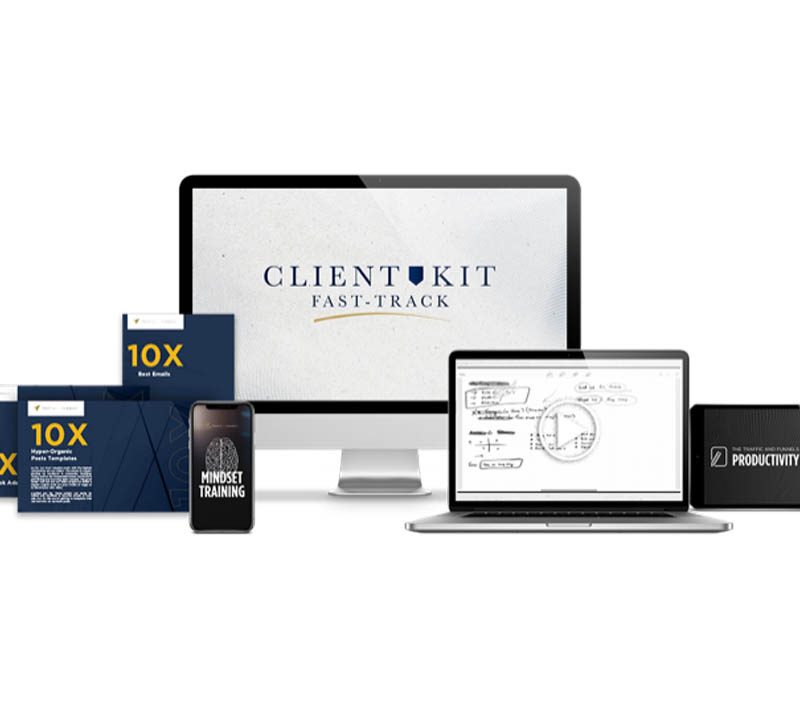
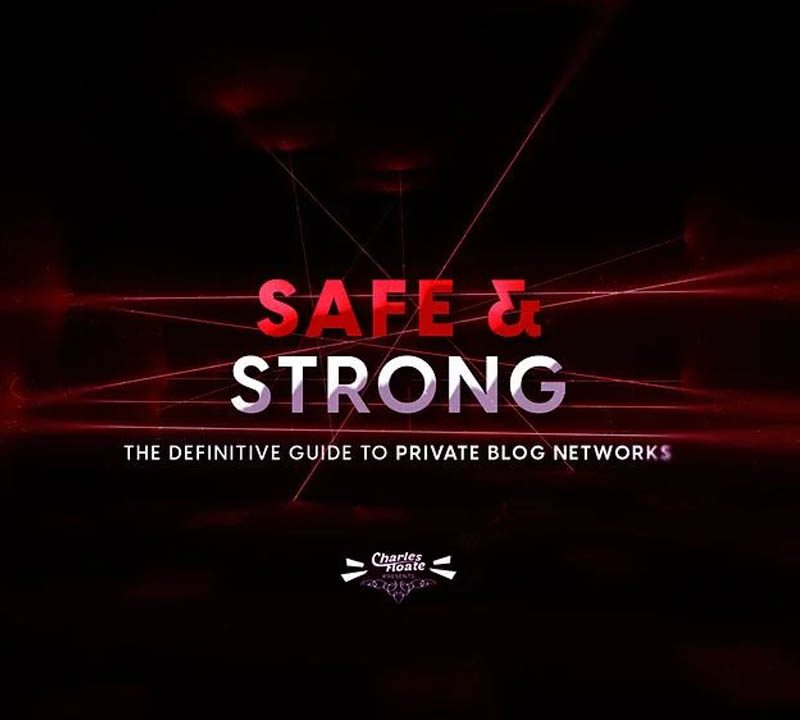

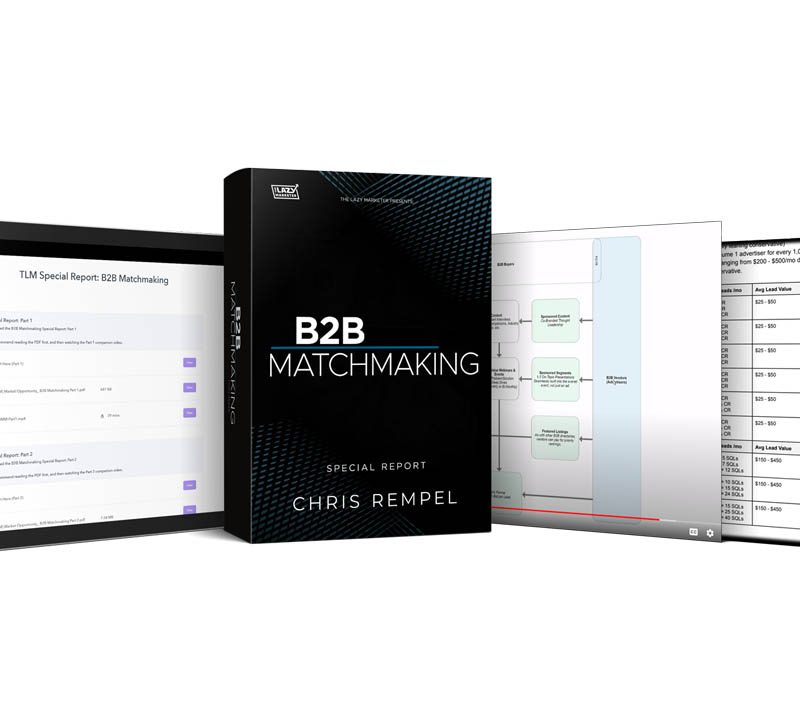 Chris Rempel – B2B Matchmaking-Special Report
Chris Rempel – B2B Matchmaking-Special Report 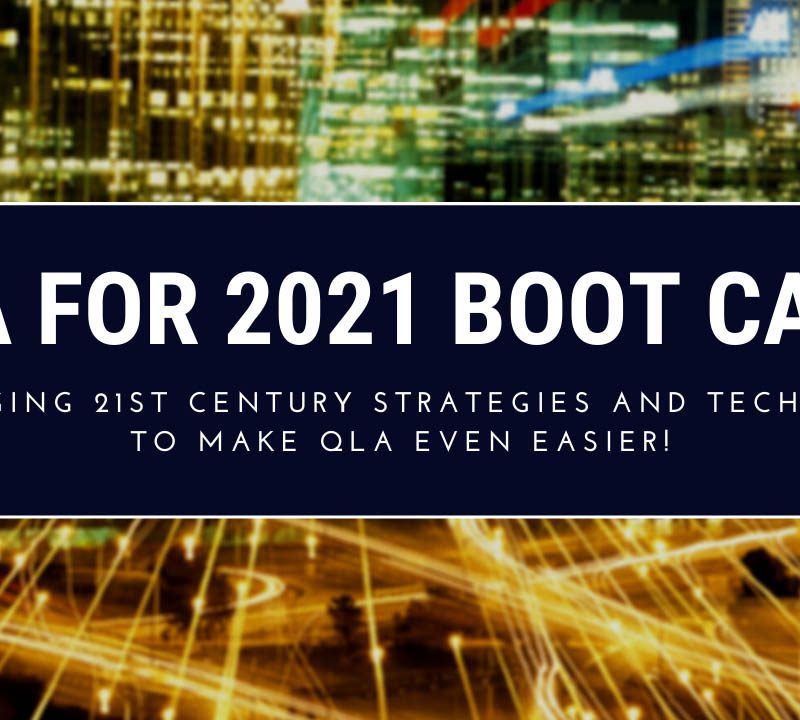 Bruce Whipple – QLA For 2021 Boot Camp
Bruce Whipple – QLA For 2021 Boot Camp 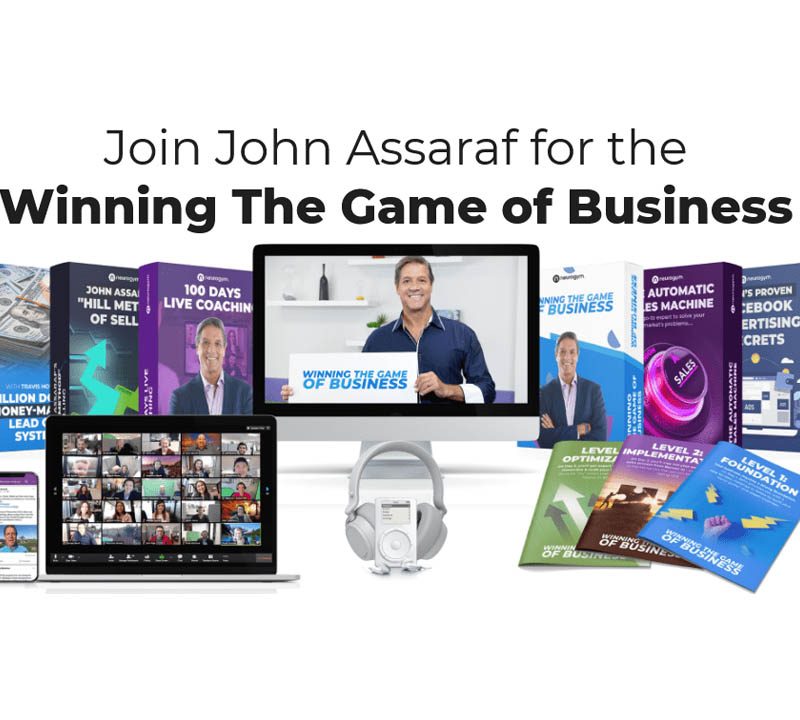 John Assaraf – Winning the Game of Business 2021
John Assaraf – Winning the Game of Business 2021 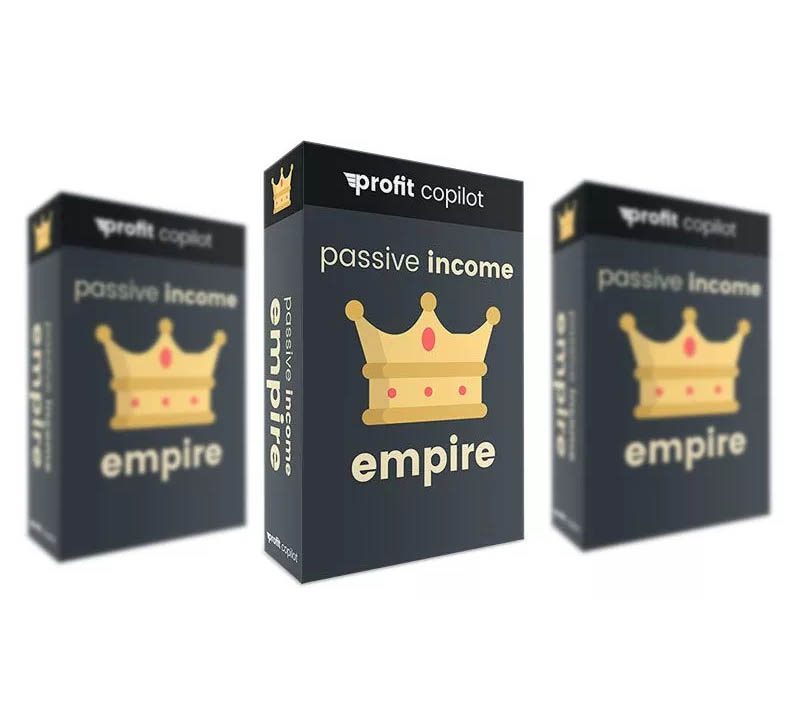 Mick Meaney – Info Product Empire
Mick Meaney – Info Product Empire 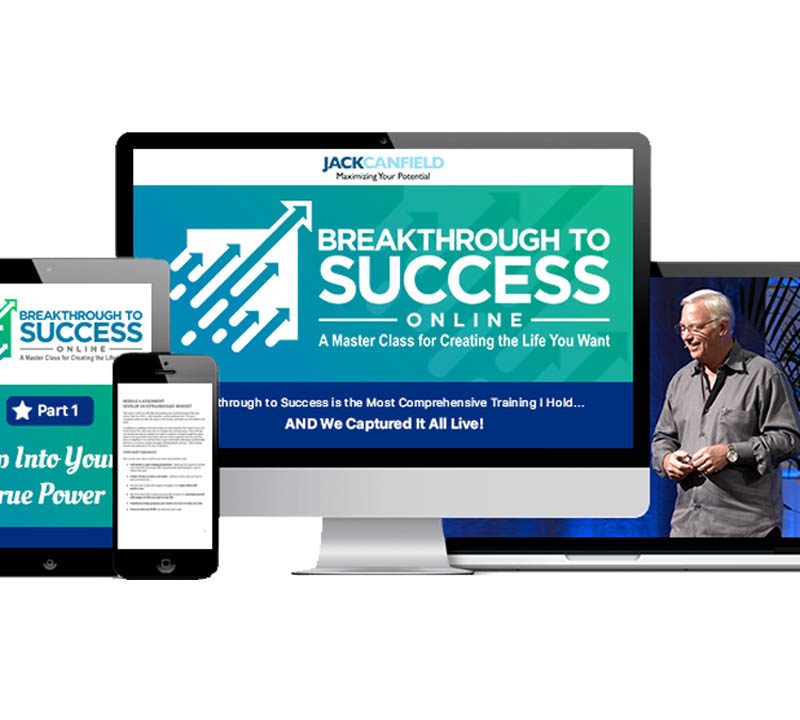 Jack Canfield – Breakthrough to Success Online
Jack Canfield – Breakthrough to Success Online  Surfer – SEO Writing Masterclass
Surfer – SEO Writing Masterclass